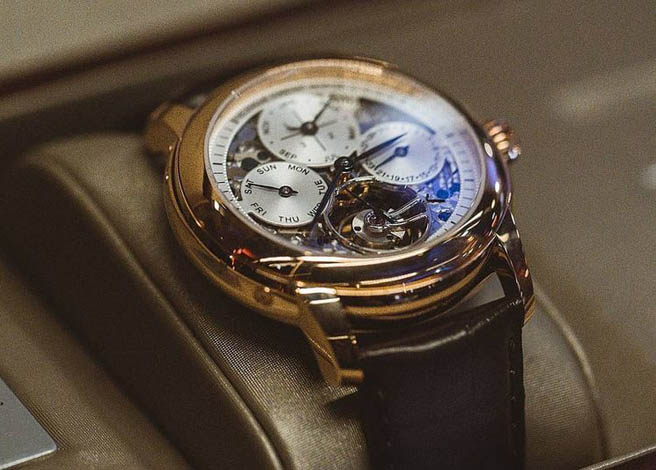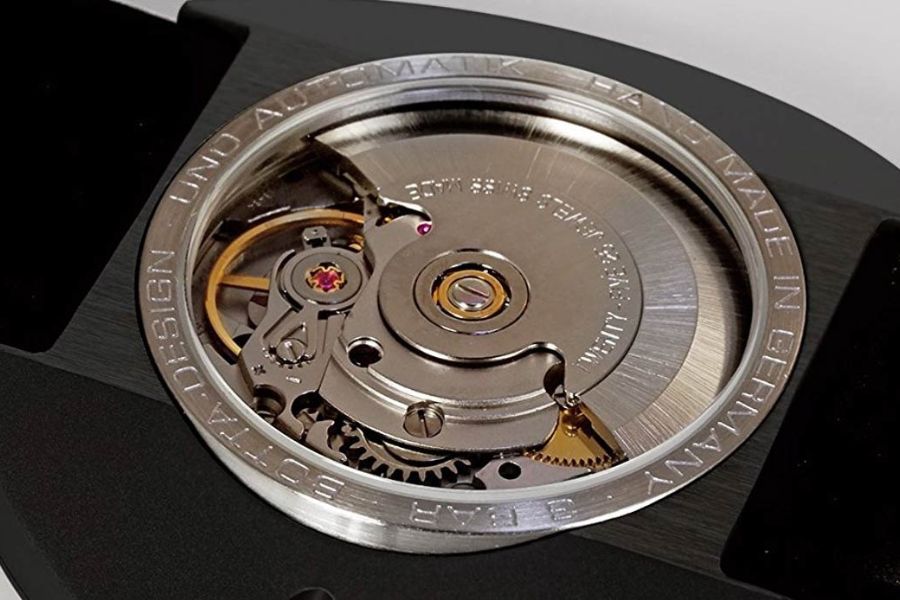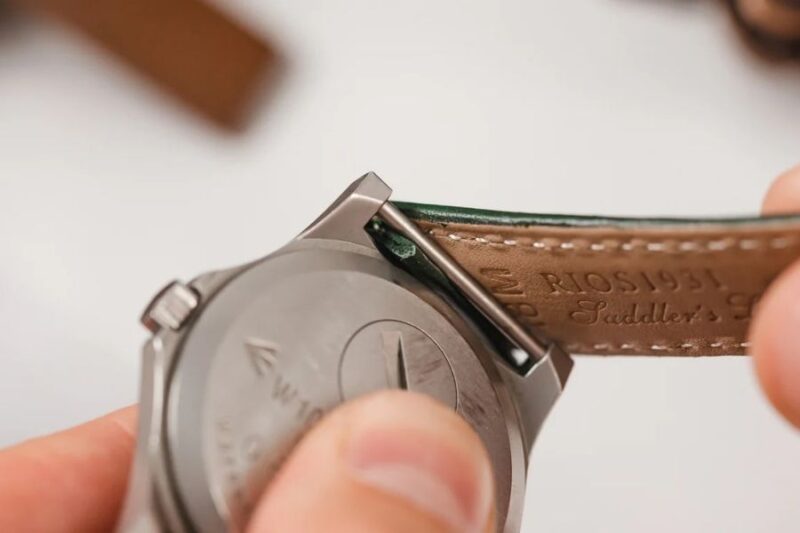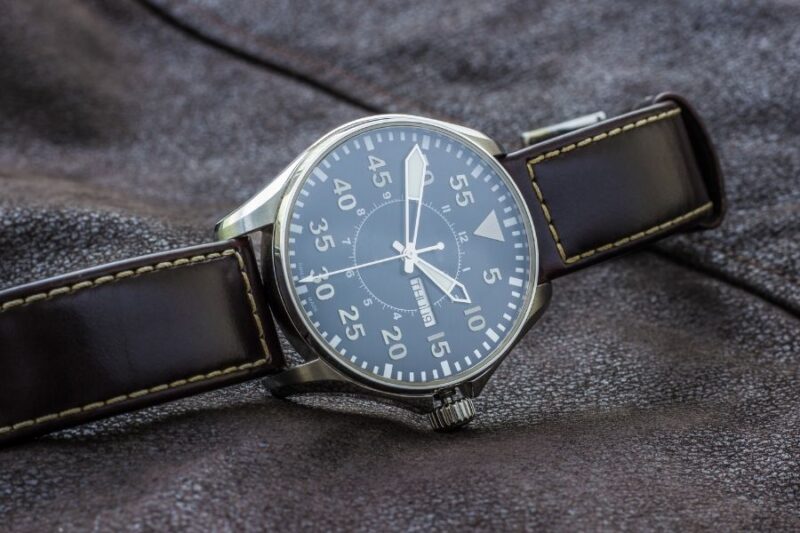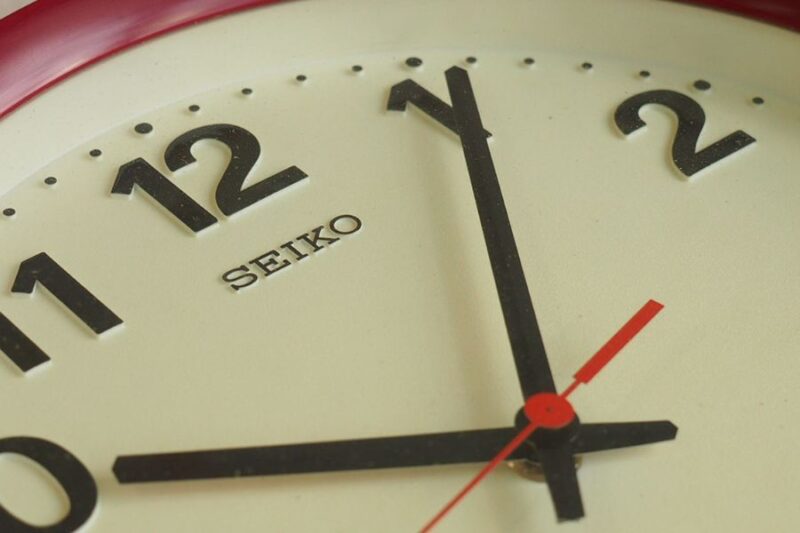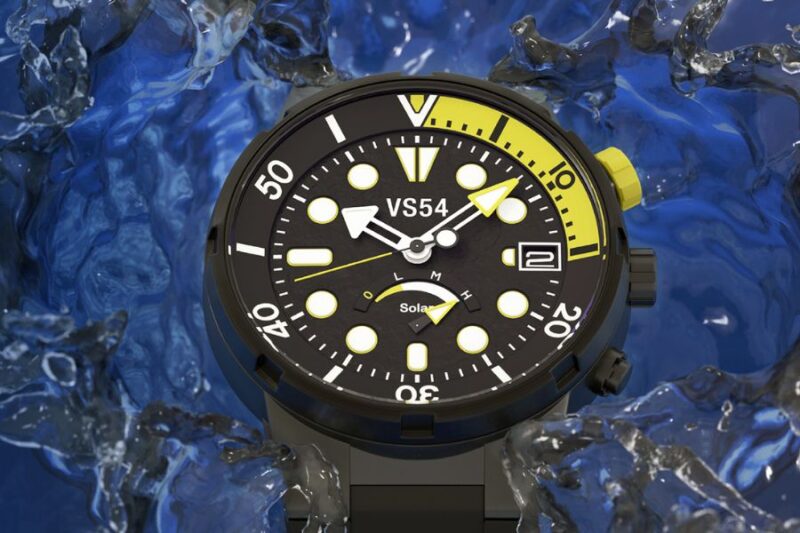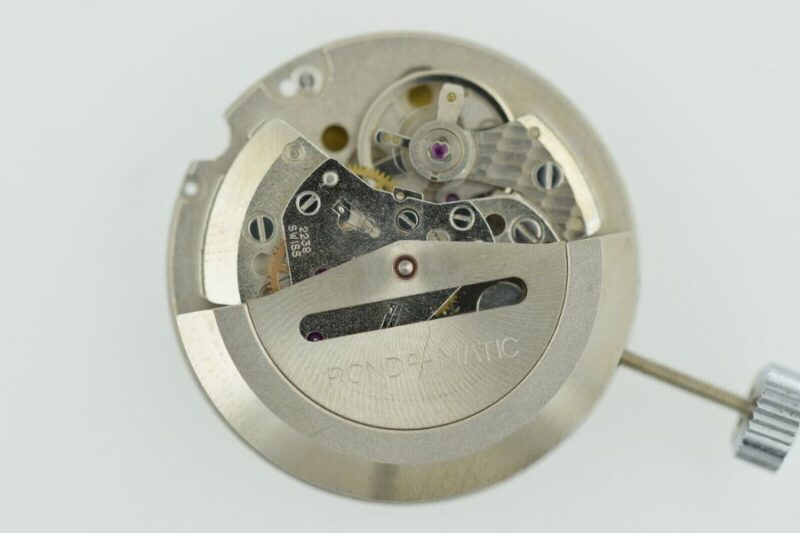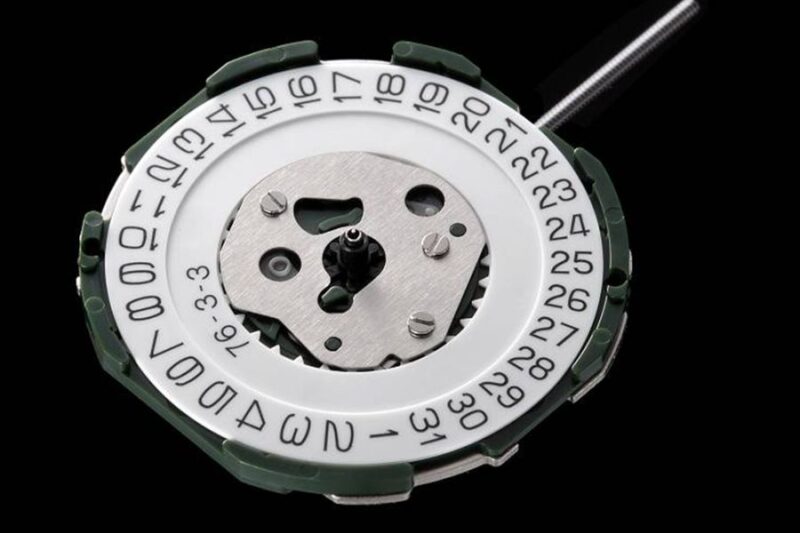Table of Contents
Introduction
In the world of horology, Swiss Movements stand as a hallmark of precision, craftsmanship, and enduring prestige. Renowned for their meticulous engineering and rich heritage, these movements—whether mechanical, automatic, or quartz—power some of the most iconic timepieces globally. For watch brands seeking to elevate their offerings, Swiss Movements offer unparalleled quality and a reputation that resonates with discerning audiences. At Romlicen, a leading OEM and ODM watch manufacturer, we specialize in integrating Swiss Movements into custom watches, enabling our clients to craft timepieces that embody their brand’s unique identity. This article explores the intricacies of Swiss Movements, their types, leading brands, and why they remain the gold standard for private label and custom logo watches.
What Are Swiss Movements?
Swiss Movements are the intricate mechanisms that power timepieces, renowned globally for their precision, reliability, and craftsmanship. These movements—encompassing mechanical, automatic, and quartz varieties—are either manufactured in Switzerland or meet stringent Swiss Made standards, as defined by the Federation of the Swiss Watch Industry. The term “Swiss Movement” signifies a legacy of horological excellence, rooted in centuries of innovation and meticulous attention to detail. For watch brands, integrating Swiss Movements into their designs elevates their timepieces, signaling quality and prestige to their target markets.
The Distinction Between Swiss Made and Swiss Movement
A common point of confusion in the industry is the difference between “Swiss Made” and “Swiss Movement.” The Swiss Made label, governed by Swiss law, requires that a watch’s movement is Swiss, at least 60% of its production costs are incurred in Switzerland, and final assembly and inspection occur in the country. In contrast, a Swiss Movement designation focuses solely on the movement itself, which must be assembled and inspected in Switzerland but does not impose requirements on the watch’s other components or final assembly. For OEM and ODM watch manufacturers like Romlicen, this distinction is critical when advising clients on branding and compliance with Swiss regulations. By offering Swiss Movements in our custom watches, we enable brands to leverage Switzerland’s horological reputation while maintaining flexibility in design and production.
A Legacy of Excellence
The prestige of Swiss Movements stems from Switzerland’s long-standing dominance in watchmaking, dating back to the 16th century. Innovations such as the mainspring and escapement mechanisms solidified Switzerland’s reputation as the epicenter of horological expertise. Today, Swiss Movements are synonymous with quality, powering timepieces across luxury, mid-range, and bespoke markets. Brands partnering with Romlicen benefit from our deep understanding of Swiss Movements, ensuring that their private label watches embody the precision and heritage their customers expect.
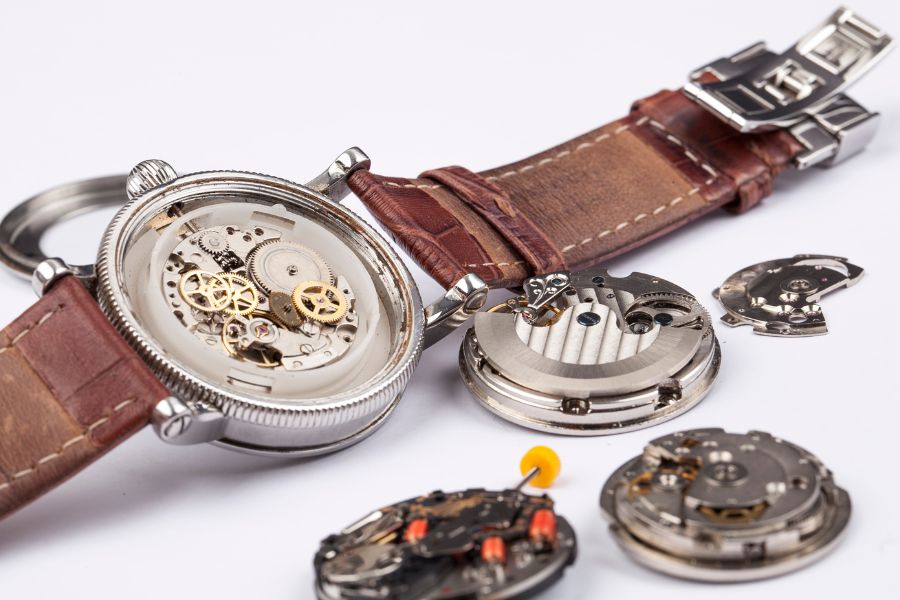
Types of Swiss Movements
Swiss Watch Movements are celebrated for their diversity, catering to a wide range of watch designs and brand requirements. These movements are broadly categorized into three types: mechanical, automatic, and quartz. Each type offers distinct characteristics, making them suitable for different applications in custom watchmaking. At Romlicen, we leverage our expertise in Swiss Movements to guide clients in selecting the ideal movement for their private label and custom logo watches, ensuring alignment with their brand vision and market positioning.
1. Mechanical Movements: The Art of Craftsmanship
Mechanical movements represent the pinnacle of traditional watchmaking, powered by a complex interplay of gears, springs, and escapements. These hand-wound movements require manual winding to store energy in the mainspring, offering a tactile connection to horological heritage. Swiss mechanical movements, such as those produced by ETA, are prized for their intricate craftsmanship and longevity, making them a preferred choice for luxury and bespoke timepieces. For brands seeking to convey exclusivity, Romlicen integrates Swiss mechanical movements into designs with custom dials, crowns, and case backs, enhancing the watch’s prestige.
2. Automatic Movements: Effortless Precision
Automatic movements, also known as self-winding movements, combine the elegance of mechanical watchmaking with modern convenience. Powered by the wearer’s wrist motion, a rotor winds the mainspring, eliminating the need for manual winding. Swiss automatic movements, such as those from Sellita and ETA, are renowned for their reliability and versatility, making them ideal for both premium and mid-range custom watches. Romlicen’s ODM services often incorporate Swiss automatic movements for clients aiming to balance sophistication with practicality, ensuring their timepieces appeal to discerning audiences.
3. Quartz Movements: Accuracy and Accessibility
Quartz movements, powered by a battery and regulated by a quartz crystal, offer unmatched accuracy and low maintenance. Swiss quartz movements, such as those from Ronda, are celebrated for their precision and durability, making them a popular choice for brands targeting accessible luxury or sport-focused markets. Unlike mechanical or automatic movements, quartz movements require minimal upkeep, appealing to consumers seeking reliable timekeeping. Romlicen’s expertise in Swiss quartz movements enables clients to create custom watches that combine affordability with the prestige of Swiss engineering, complete with personalized branding on straps, buckles, or dials.
Choosing the Right Movement for Your Brand
Selecting the appropriate Swiss Movement depends on a brand’s aesthetic, target audience, and market strategy. Mechanical and automatic movements cater to luxury and heritage-driven brands, while quartz movements suit those prioritizing precision and cost-effectiveness. Romlicen’s watch design services provide comprehensive guidance, ensuring that each movement aligns with the client’s vision, whether for a high-end chronograph or a minimalist dress watch. By offering Swiss Movements from industry leaders like ETA, Sellita, and Ronda, we empower brands to craft timepieces that stand out in competitive markets.
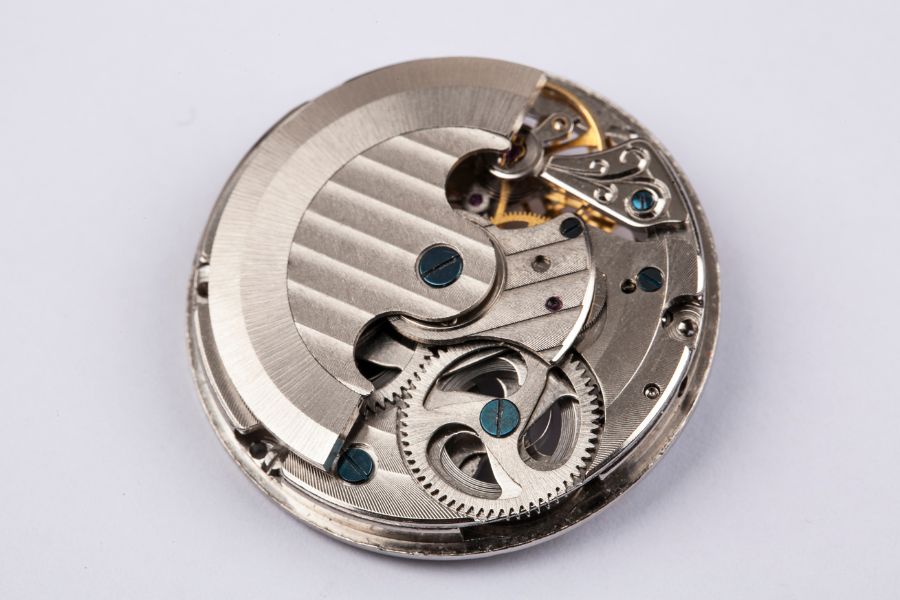
Top Swiss Movement Brands for Custom Watches
Swiss Movements are synonymous with quality, and the brands behind these movements play a pivotal role in shaping their reputation. For watch brands seeking to create custom timepieces that exude prestige and reliability, selecting the right Swiss Movement brand is paramount. At Romlicen, we partner with industry-leading Swiss Movement manufacturers—ETA, Sellita, and Ronda—to deliver bespoke solutions for our OEM and ODM clients. Each brand offers unique strengths, catering to diverse design aesthetics and market demands. Below, we explore these top Swiss Movement brands and their applications in private label and custom logo watches.
1. ETA: The Benchmark of Swiss Precision
ETA, a subsidiary of the Swatch Group, is one of the most respected names in Swiss Movements. Renowned for its mechanical and automatic movements, ETA powers a vast array of luxury and mid-range timepieces worldwide. Movements like the ETA 2824-2 (automatic) and ETA 6497 (manual) are celebrated for their robustness, accuracy, and versatility, making them ideal for custom watches with intricate complications or minimalist designs. Romlicen leverages ETA movements to craft timepieces with personalized dials, crowns, and case backs, enabling brands to align with premium market segments. While ETA’s exclusivity agreements limit access for some manufacturers, Romlicen’s established relationships ensure our clients benefit from these iconic movements.
2. Sellita: A Versatile Alternative
Sellita has emerged as a formidable player in the Swiss Movement landscape, offering high-quality mechanical and automatic movements that rival ETA in performance. Movements such as the Sellita SW200, a direct competitor to the ETA 2824-2, provide comparable precision and reliability at a more accessible price point. This cost-effectiveness makes Sellita a popular choice for brands seeking Swiss Movements without compromising quality. Romlicen integrates Sellita movements into custom watches for clients targeting mid-to-high-end markets, offering flexibility in design and branding. Whether it’s a chronograph with a custom logo or a dive watch with engraved case backs, Sellita movements deliver the Swiss craftsmanship brands demand.
3. Ronda: Excellence in Quartz
For brands prioritizing accuracy and affordability, Ronda’s Swiss quartz movements are a standout choice. Known for their durability and precision, Ronda movements like the 515 and 705 series power sport, fashion, and accessible luxury watches. Quartz movements require minimal maintenance, appealing to consumers who value reliability over traditional mechanics. Romlicen’s expertise in Ronda movements allows us to create custom watches that combine Swiss precision with cost-effective production, ideal for brands aiming to scale their offerings. From personalized straps to branded buckles, our ODM services ensure Ronda-powered watches reflect the client’s unique identity.
Why Partner with Romlicen for Swiss Movement Integration?
Choosing the right Swiss Movement brand depends on a brand’s vision, target audience, and budget. ETA excels in premium applications, Sellita offers a balance of quality and value, and Ronda delivers precision for accessible markets. Romlicen’s deep industry knowledge and partnerships with these Swiss Movement brands enable us to guide clients through the selection process, ensuring their custom watches meet both technical and aesthetic goals. By incorporating Swiss Movements into our OEM and ODM services, we help brands craft timepieces that resonate with their customers, from luxury collectors to fashion-forward consumers.
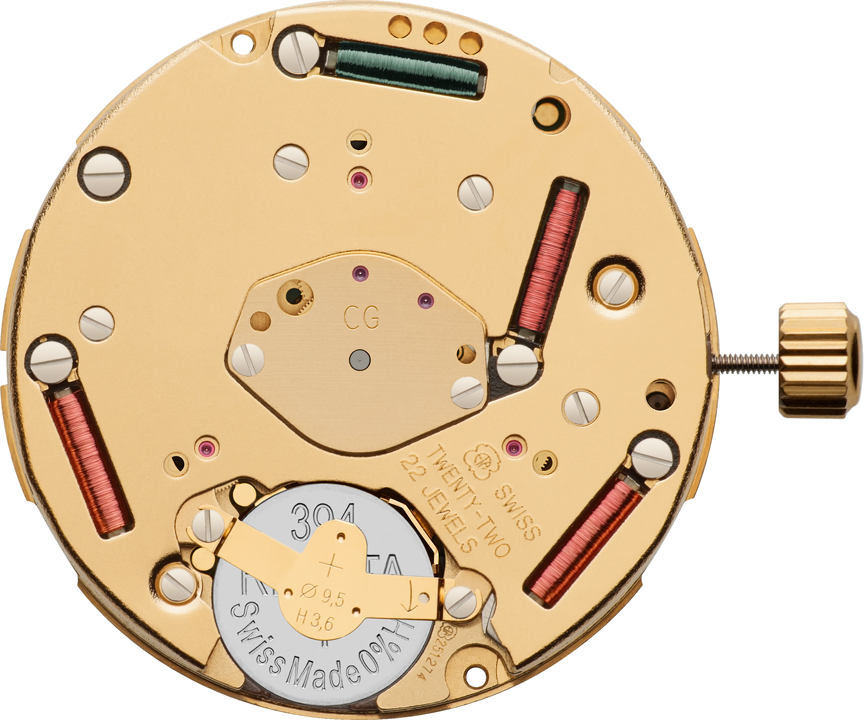
Swiss Movement vs. Japanese Movement: Which Is Better?
A common question among watch brands and manufacturers is whether Swiss Movements or Japanese movements are the superior choice for custom timepieces. Both Swiss and Japanese movements are renowned for their quality, but they cater to different priorities, aesthetics, and market segments. At Romlicen, we offer both Swiss Movements (ETA, Sellita, Ronda) and Japanese movements (Miyota, Seiko) in our OEM and ODM services, allowing clients to make informed decisions based on their brand’s vision. This section provides a balanced comparison of Swiss Movements and Japanese movements, highlighting their strengths and ideal applications in private label and custom logo watches.
Swiss Movements: Precision and Prestige
Swiss Movements are the gold standard in watchmaking, celebrated for their precision, craftsmanship, and heritage. Brands like ETA and Sellita produce mechanical and automatic movements that power luxury timepieces, while Ronda’s quartz movements offer unmatched accuracy for accessible markets. The Swiss Made label, governed by strict regulations, enhances a watch’s perceived value, making Swiss Movements ideal for brands targeting premium or aspirational audiences. For example, an ETA 2824-2 automatic movement in a custom watch with a branded dial and case back can elevate a brand’s reputation, appealing to collectors and connoisseurs. However, Swiss Movements often come at a higher cost, reflecting their meticulous engineering and brand prestige.
Japanese Movements: Reliability and Value
Japanese movements, led by brands like Miyota and Seiko, are renowned for their reliability, durability, and cost-effectiveness. Miyota’s 8215 and 9015 automatic movements, for instance, offer robust performance at a fraction of the cost of Swiss equivalents, making them a favorite for mid-range and entry-level luxury watches. Seiko’s NH35 movement is another popular choice, known for its accuracy and ease of maintenance. Japanese movements excel in delivering consistent quality without the premium price tag, appealing to brands focused on scalability and affordability. Romlicen integrates Japanese movements into custom watches for clients seeking value-driven solutions, ensuring high-quality timepieces with personalized branding.
Key Considerations for Your Brand
The choice between Swiss Movements and Japanese movements depends on several factors:
- Brand Positioning: Swiss Movements enhance a brand’s prestige, making them ideal for luxury or heritage-driven watches. Japanese movements suit brands prioritizing affordability and broad market appeal.
- Target Audience: Collectors and high-end consumers often prefer the cachet of Swiss Movements, while younger or budget-conscious buyers may value the reliability of Japanese movements.
- Customization Needs: Both movement types support extensive customization, from logo-engraved dials to bespoke straps. Romlicen’s expertise ensures seamless integration, regardless of the movement chosen.
- Cost and Scalability: Japanese movements offer cost advantages for large-scale production, while Swiss Movements justify their price for premium, limited-edition watches.
Romlicen’s Expertise in Movement Selection
At Romlicen, we understand that selecting the right movement is a strategic decision for watch brands. Our OEM and ODM services provide access to both Swiss Movements and Japanese movements, tailored to each client’s goals. For brands aiming to convey exclusivity, we recommend Swiss Movements like ETA or Sellita for their craftsmanship and brand equity. For those targeting broader markets, Miyota or Seiko movements deliver exceptional value without sacrificing quality. By offering comprehensive watch design services, Romlicen ensures that every custom watch—whether powered by a Swiss or Japanese movement—reflects the client’s unique identity and market aspirations.
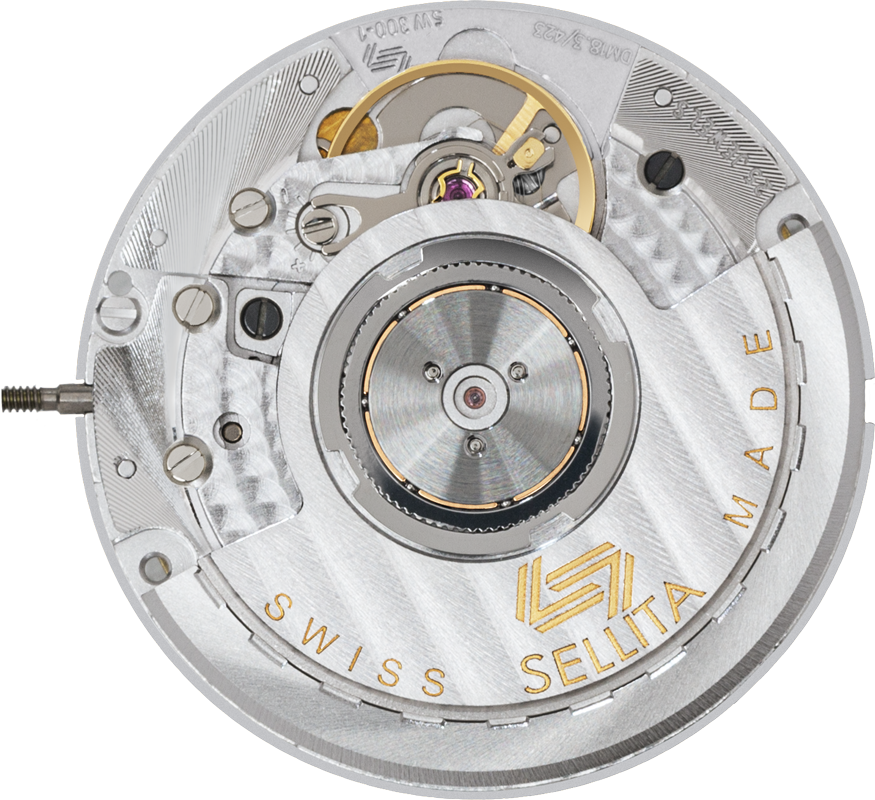
Why Choose Swiss Movements for Your Custom Watch Brand?
Swiss Movements are more than just mechanical components; they are a statement of quality, heritage, and precision that can elevate a watch brand’s identity. For brands seeking to differentiate themselves in competitive markets, Swiss Movements offer unmatched advantages, from superior craftsmanship to enhanced brand prestige. At Romlicen, we specialize in integrating Swiss Movements into custom watches, enabling our OEM and ODM clients to create timepieces that resonate with their target audiences. This section explores the key reasons why Swiss Movements are the preferred choice for private label and custom logo watches, supported by Romlicen’s expertise in watch manufacturing.
Unparalleled Craftsmanship and Durability
Swiss Movements, crafted by industry leaders like ETA, Sellita, and Ronda, are renowned for their meticulous engineering. Whether it’s the intricate gear trains of an ETA 6497 mechanical movement, the self-winding precision of a Sellita SW200, or the reliable accuracy of a Ronda 515 quartz movement, Swiss Movements are built to perform and endure. This durability ensures that custom watches maintain their functionality and aesthetic appeal over time, enhancing customer satisfaction and brand loyalty. Romlicen’s rigorous quality control processes ensure that every Swiss Movement integrated into our clients’ watches meets the highest standards, delivering timepieces that stand the test of time.
Enhanced Brand Prestige
The Swiss Made label and Swiss Movements carry a global reputation for excellence, instantly elevating a watch’s perceived value. For brands aiming to position themselves in the luxury or premium market, incorporating Swiss Movements signals sophistication and authenticity to consumers. This prestige is particularly valuable for private label watches, where brand identity is paramount. Romlicen enhances this value by offering extensive customization options, such as logo-engraved dials, personalized crowns, and bespoke case backs, allowing clients to align their watches with the Swiss heritage of quality. By choosing Swiss Movements, brands can differentiate themselves from competitors relying on less prestigious alternatives.
Versatility for Diverse Market Segments
Swiss Movements cater to a wide range of watch styles and market needs, from high-end chronographs to minimalist dress watches. Mechanical and automatic movements appeal to collectors and luxury enthusiasts, while quartz movements attract consumers seeking precision and affordability. This versatility enables brands to target multiple demographics without compromising quality. Romlicen’s watch design services leverage this flexibility, tailoring Swiss Movements to each client’s specifications. For example, a brand targeting adventure enthusiasts might opt for a Ronda-powered dive watch with a custom strap, while a luxury brand might choose an ETA movement for a skeletonized dress watch with intricate branding.
Romlicen’s Expertise in Swiss Movement Integration
Partnering with Romlicen ensures that Swiss Movements are seamlessly integrated into custom watches, maximizing their technical and aesthetic potential. Our OEM and ODM services encompass every stage of watch production, from movement selection to final assembly. We collaborate closely with clients to understand their brand vision, recommending Swiss Movements that align with their goals—whether it’s the prestige of ETA, the value of Sellita, or the reliability of Ronda. Our ability to customize components, such as dials, buckles, and case backs, ensures that each watch reflects the client’s unique identity while benefiting from the unparalleled quality of Swiss Movements.
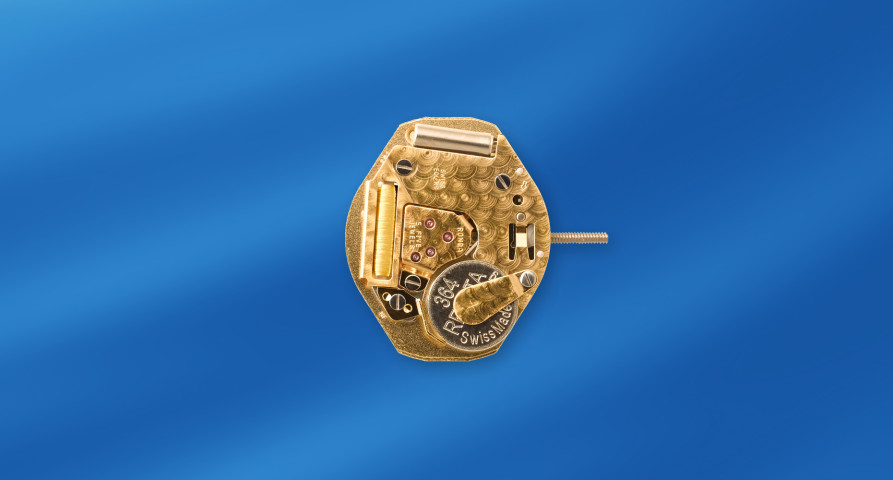
FAQ About Swiss Movements
Swiss Movements are a cornerstone of high-quality watchmaking, but they often raise questions among brands exploring custom watch options. Below, we address the most common queries about Swiss Movements, drawing on Romlicen’s expertise in OEM and ODM watch manufacturing. These answers provide clarity for brands seeking to leverage Swiss Movements in their private label and custom logo watches.
Swiss Movements are categorized into three primary types: mechanical, automatic, and quartz. Mechanical movements, such as ETA’s 6497, are hand-wound and prized for their craftsmanship, ideal for luxury timepieces. Automatic movements, like Sellita’s SW200, are self-winding, offering convenience and precision for premium watches. Quartz movements, such as Ronda’s 515, are battery-powered, delivering exceptional accuracy for accessible luxury or sport watches. Romlicen tailors these Swiss Movements to client specifications, ensuring alignment with brand aesthetics and market goals.
There is no single “best” Swiss Movement, as the choice depends on a brand’s needs. ETA movements, like the 2824-2, are renowned for their versatility and use in high-end watches. Sellita’s SW200 offers comparable quality at a lower cost, ideal for mid-range brands. Ronda’s quartz movements excel in accuracy and affordability, perfect for scalable production. Romlicen guides clients in selecting the optimal Swiss Movement, balancing performance, prestige, and budget for custom watches with personalized dials or case backs.
Swiss Movements and Japanese movements each have distinct strengths. Swiss Movements, from brands like ETA and Sellita, are associated with prestige, craftsmanship, and the Swiss Made label, making them ideal for luxury or premium watches. Japanese movements, such as Miyota’s 9015 or Seiko’s NH35, offer reliability and cost-effectiveness, appealing to mid-range or entry-level markets. The choice depends on brand positioning and target audience. Romlicen’s OEM services include both options, ensuring custom watches meet specific market demands.
The Swiss Made label requires that a watch’s movement is Swiss, at least 60% of production costs are incurred in Switzerland, and final assembly occurs there, as defined by the Federation of the Swiss Watch Industry. In contrast, a Swiss Movement designation applies only to the movement, which must be assembled and inspected in Switzerland, with no requirements for other components or final assembly. Romlicen helps clients navigate these distinctions, integrating Swiss Movements into custom watches to enhance brand credibility while offering flexibility in production.
Conclusion
Swiss Movements represent the pinnacle of watchmaking, combining precision, craftsmanship, and heritage to create timepieces that stand out in competitive markets. From the intricate mechanics of ETA and Sellita to the reliable accuracy of Ronda’s quartz movements, Swiss Movements offer unparalleled quality and versatility for custom watch brands. Whether you’re aiming to craft luxury timepieces with mechanical movements or accessible designs with quartz precision, these movements elevate your brand’s prestige and appeal. At Romlicen, we harness the power of Swiss Movements to deliver OEM and ODM solutions tailored to your vision, with personalized dials, straps, and case backs that reflect your brand’s identity. Ready to create a custom watch that embodies Swiss excellence? Contact Romlicen today to explore our watch design services or visit our OEM Watch Manufacturing page to learn more about how we can bring your brand to life.
Related Reading
- Ticking Styles: Exploring the Different Type of Watches Movement
- Parts of a Watch: A Comprehensive Guide to Watch Anatomy
- Understanding Watch Complications: A Brand’s Guide to Custom Watch Manufacturing
- Choosing the Right Custom Watch Manufacturer: A Key to Brand Success
- How to Choose the Perfect Movement for Your Custom Automatic Watch
- Bespoke Watch Manufacturing: How to Tailor Every Detail to Your Vision
- The Difference Between Quartz and Mechanical Movements in Custom Watches
- Exploring the Benefits of Swiss, Japanese, and Chinese Watch Movements
- The Benefits of Partnering with a Chinese Watch Manufacturer for Your Brand
- What to Look for in a Reliable Watch Manufacturer: A Complete Guide
- Why Private Label Watches Are the Best Choice for Your Watch Brand
- Watch Movement Types: Ultimate Guide for Brands
- Epson Watch Movement: Precision for Custom Watches



